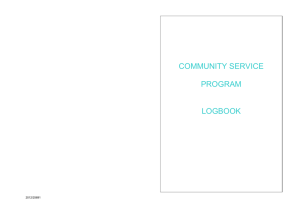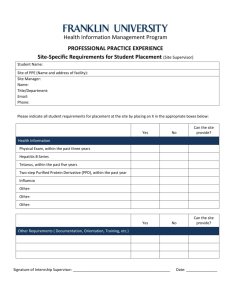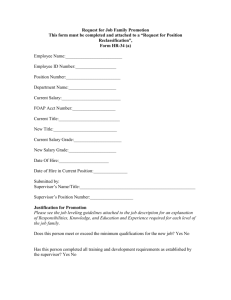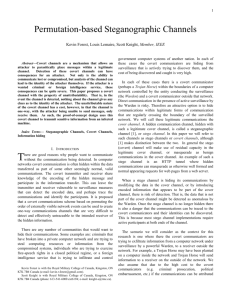Covert Operations
advertisement
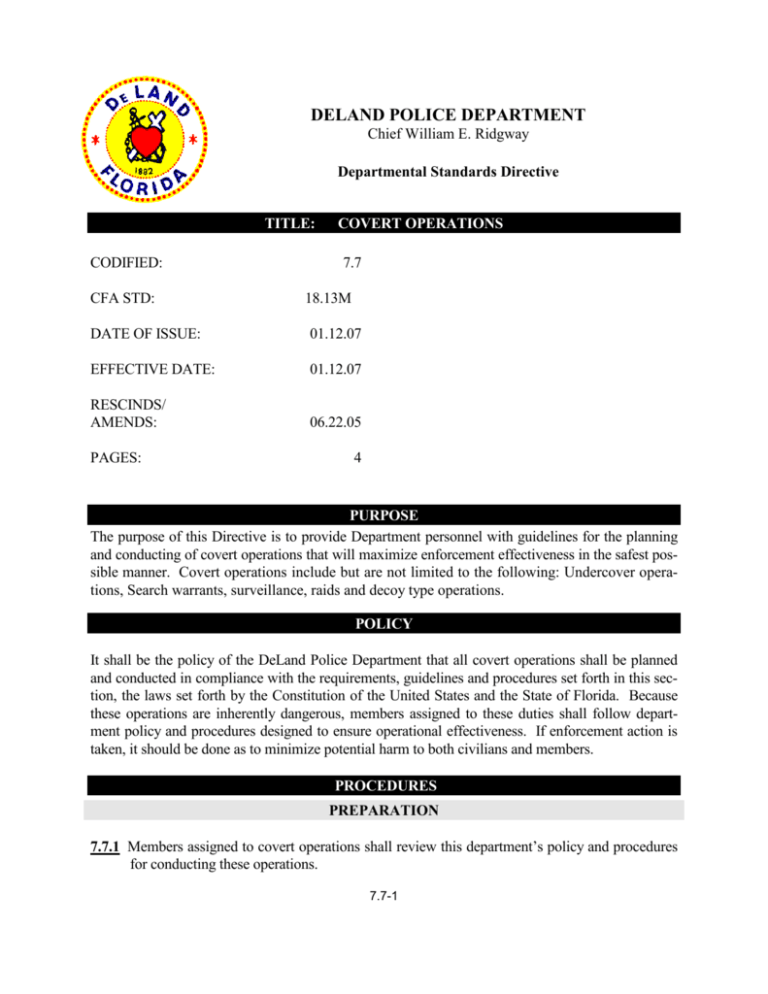
DELAND POLICE DEPARTMENT Chief William E. Ridgway Departmental Standards Directive TITLE: CODIFIED: CFA STD: COVERT OPERATIONS 7.7 18.13M DATE OF ISSUE: 01.12.07 EFFECTIVE DATE: 01.12.07 RESCINDS/ AMENDS: 06.22.05 PAGES: 4 PURPOSE The purpose of this Directive is to provide Department personnel with guidelines for the planning and conducting of covert operations that will maximize enforcement effectiveness in the safest possible manner. Covert operations include but are not limited to the following: Undercover operations, Search warrants, surveillance, raids and decoy type operations. POLICY It shall be the policy of the DeLand Police Department that all covert operations shall be planned and conducted in compliance with the requirements, guidelines and procedures set forth in this section, the laws set forth by the Constitution of the United States and the State of Florida. Because these operations are inherently dangerous, members assigned to these duties shall follow department policy and procedures designed to ensure operational effectiveness. If enforcement action is taken, it should be done as to minimize potential harm to both civilians and members. PROCEDURES PREPARATION 7.7.1 Members assigned to covert operations shall review this department’s policy and procedures for conducting these operations. 7.7-1 7.7.2 The case agent and/or the detail supervisor shall comply with guidelines and procedures set forth in the following steps when conducting all covert operations as defined in the Purpose section of this Directive. Review all related intelligence and available information concerning the target location and the suspected activity occurring. Survey the area where the operation will be conducted to assess manpower, equipment and logistical requirements and to map the area. A detailed assessment of the area to include entry and exit routes, positions of cover and surveillance, and any other officer safety concerns. Determine weapons, number of vehicles and other equipment needs. The designation of the channel to be used during the operation. Determine the number of officers required as well as support personnel to safely and efficiently carry out the operation. An established means of identifying and making contact with suspects. Asses the cost of conducting the operation. Assign specific duties to officers involved. SUPERVISORY REVIEW AND APPROVAL 7.7.3 All Operational plans requiring submittal via Chain of Command will be completed for details outlined below but not limited to: Details utilizing outside agency assistance. Large scale operations with multiple targets. (‘Round-up type’) Search Warrants Reverse Narcotic stings utilizing undercover Officers as decoys. Reverse Prostitution stings utilizing undercover Officers as decoys. 7.7-50.1-2 NOTE: All operations with or without utilizing written operation plans will follow guidelines set forth in 7.7.2 of this Directive. 7.7.4 All covert operations shall be directly commanded by a single designated supervisor. 7.7.5 If the need for an immediate covert operation does not allow for the time necessary to complete an operations plan and the approval process, the supervisor initiating the operation must submit an After Action Operation Report articulating the reason(s) why a plan was not completed and approved prior to the conducting of the covert operation. BRIEFING 7.7.6 Prior to deployment, the detail supervisor shall assemble the team of personnel involved for a detailed briefing of the tactical plan of operation, to include the following: Confirmation and disclosure of the target location. Explain to all members assigned to the detail the nature of the operation and their individual responsibilities related to department and safety. If applicable, provide all available intelligence on the suspects, their Modus Operandi (MO), photographs or composites, armament used and potential for violence, tactics and routines, use of drugs, method of approach and escape, and other relevant information. Means of identifying and making contact with suspects. A detailed assessment of the area to include entry and exit routes, positions of cover and surveillance, and any other officer safety concerns. Weapons and other equipment needs and requirements. The assignment of routine and emergency communications to include such things as designated radio channel, back up channel, cellular phone, monitoring device, hand signals or code words etc. Manpower rotation and relief procedures if applicable. Review of contingency plans in cases relating to injury of officers, civilians or suspects and other unexpected events. Staging is to be done away from the police department when feasible. 7.7-50.1-3 OTHER RESPONSIBILITIES OF DETAIL SUPERVISOR 7.7.7 Other responsibilities of the detail supervisor are as follows: Define the roll of any needed support personnel and schedule their participation through the appropriate supervisor. Notify the patrol supervisor responsible for the target area, if appropriate. Assure that all necessary equipment is available All covert operations should be video and/or audio taped whenever possible. Only the detail supervisor has the authority to determine when the operation has concluded. The detail supervisor shall be in the control vehicle while the operation is in progress to assure that all communications and transactions are observed. POST-OPERATION PROCEDURE 7.7.8 Detail officers will remain on post until relieved by the detail supervisor 7.7.9 All detail officers will meet at a designated location at the conclusion of the operation for the purpose of debriefing. 7.7.10 The detail supervisor will assure that all necessary paperwork, equipment or evidence has been submitted. 7.7.11 The detail supervisor will complete an After Action Operation Report documenting the details of the operation and forward through the Chain of Command. DRAFTED: GRB-02/2004 REVISED: MAG-06/2005 REVISED: GRB---11/2006 REVISED: JFA—01/2008 7.7-50.1-4



